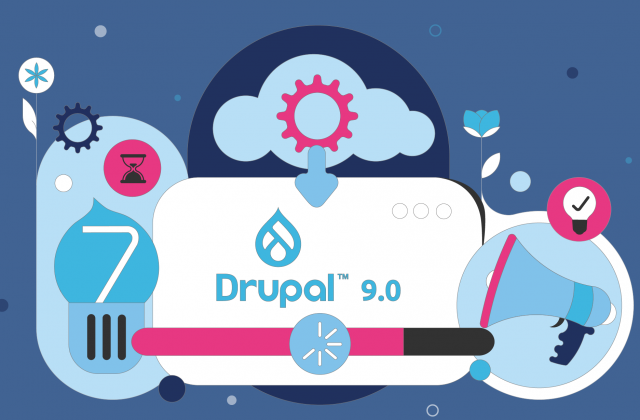Nowadays, we live in a highly interconnected world. Social media and sharing networks form an intimate, integral part of our lives, but we tend to forget the hardware and machines that enable us to compress huge physical distances and large chunks of data into milliseconds and just-a-click-aways.
That’s because we’re used to the concept of cloud computing.
But, what is Fog Computing?
The name might be new, but the concept isn’t.
Derived from Distributed Computing, which was renamed Edge Computing; Fog Computing has been around for some time now and it seems to be getting a lot of press. Google trends show an increase in interest for “Fog Computing”, and even though cloud computing is still very young, though definitely here to stay, fog computing may be the next big thing.
Or so Cisco, Dell, Intel and Microsoft would have us think, as they stand a lot to gain should Fog Computing become mainstream.
The companies mentioned above are a part of the “OpenFog Initiative”, supported by Princeton University, which is leading the research into Fog Computing.
They are trying to find a way to store and process the data generated by the IoT on our devices, or on the devices that sit between our devices and the internet in order to bypass these issues.
This demand for distributing workloads between the local data center and the cloud has resulted in a term which Marketers at Cisco Systems have already come up with a name for: Fog Computing. It’s catchy. After all, a fog is a cloud brought down to the ground.
In order to define Fog Computing better, it is best to quote Janakiram MSV from Forbes who explained it in these terms:
Large enterprises dealing with industrial automation will have to deploy infrastructure within the data center that’s specifically designed for IoT. This infrastructure is a cluster of compute, storage, and networking resources delivering sufficient horsepower to deal with the IoT data locally. The cluster that lives on the edge is called the Fog layer. Fog computing mimics cloud capabilities within the edge location, while still taking advantage of the cloud for heavy lifting. Fog computing is to IoT what hybrid cloud is to enterprise IT. ”
The Cloud is not perfect, network latency and bandwidth problems are just a few that come to mind. That’s one reason why mobile apps are becoming the main way of doing things on smartphones. Some of the data and processing power are handled within your device.
Even though the cloud may be considered a perfect match for the Internet of Things, not every IoT use-case can take advantage of it. Industrial Internet of Things solutions are in need of low-latency ingestion and immediate data processing because businesses can’t afford the wait triggered by the round trip between the devices layer and cloud-based IoT platforms.
Should you care?
The computing industry switches somewhat between centralised and distributed computing models, as the next model solves the problems created by the last one, so in order to solve the challenges of cloud computing and accelerate the adoption of IoT in the enterprise, fog computing could become the answer.
Then again, there’s a rise of even newer technologies such as quantum computing that might shatter any technology we consider new today, including cloud and fog computing.
One thing is for sure, both fog computing companies and cloud computing will accelerate the adoption of IoT in the enterprise.




